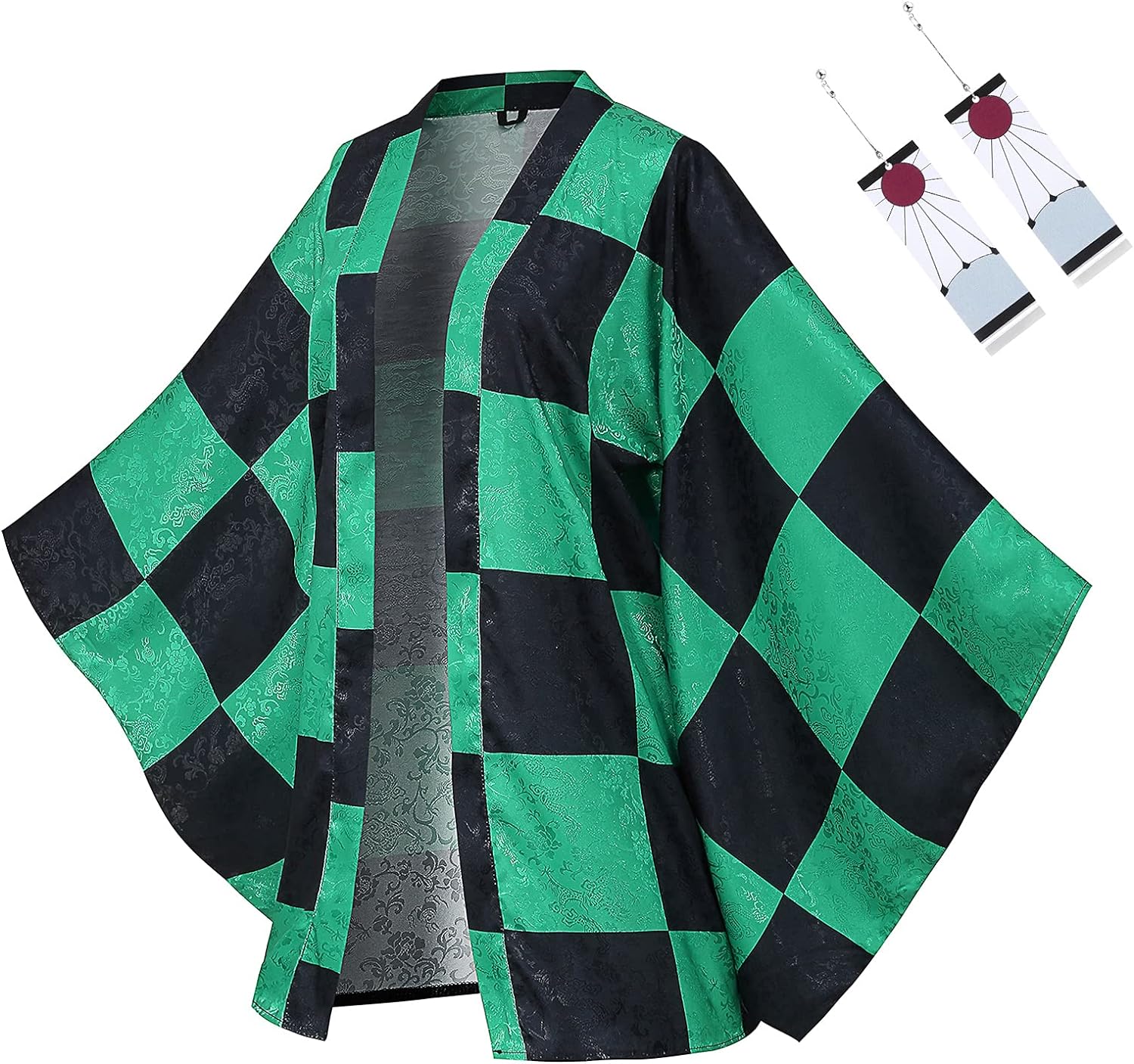
In an era wherein fashion tendencies come and pass, a few portions stand to take a look at time. The hair is one such garment. This conventional Japanese outerwear is widely recognized for its splendour, cultural importance, and versatility. Whether you’re a fashion fanatic, cultural explorer, or records buff, the haori gives a unique aggregate of culture and modernity that is hard to face up to.
Table of Contents
What is a Haori?
A haori is a traditional Japanese jacket-like garment commonly worn over a kimono. Its competencies include an unfastened, open-the-front layout with oversized sleeves, imparting each consolation and fashion. The hair is regularly made from steeply-priced substances with silk, cotton, or linen and is adorned with complicated designs and symbolic motifs that reflect Japanese artistry.
Types of Haori
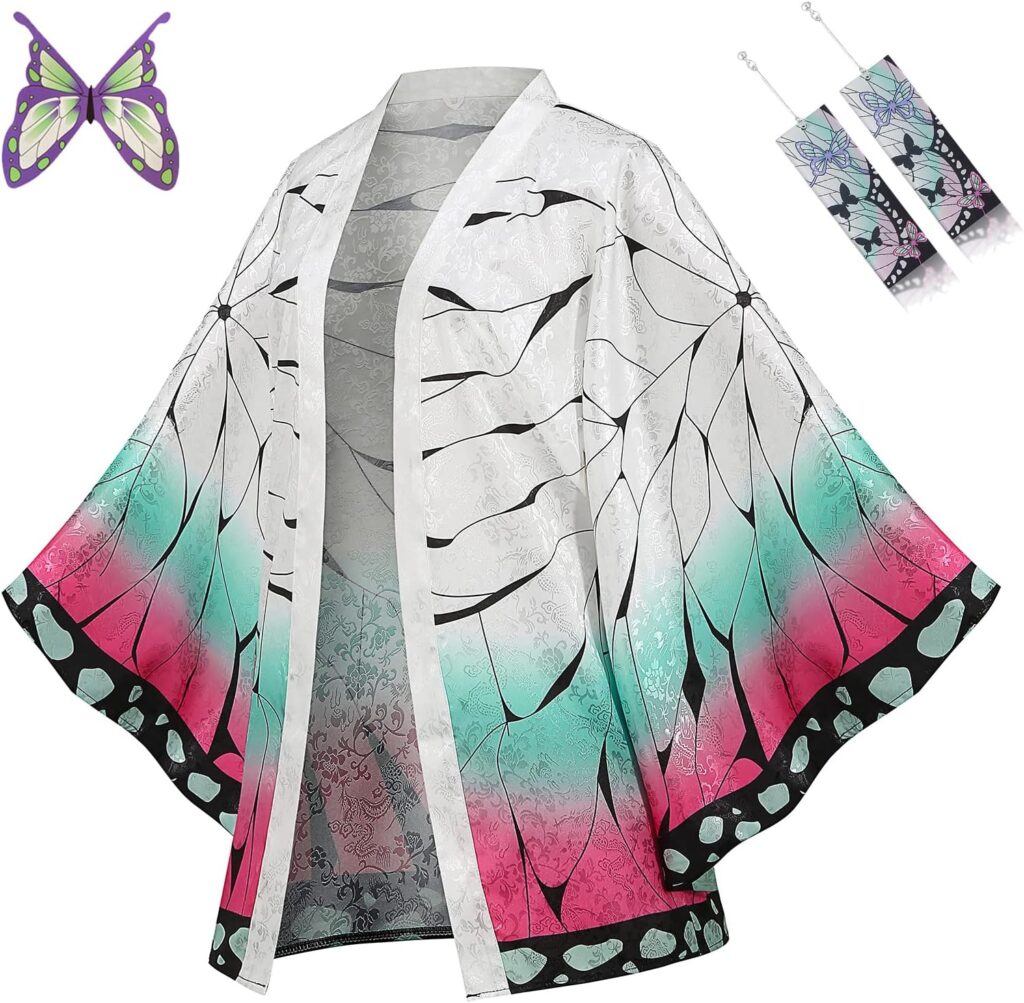
Haori is to be had in numerous styles, each with unique characteristics and cultural significance.
Hifu Haori: Traditionally worn by men, Hifu Haori has a more extended cut that falls under the hips. It is frequently crafted from heavier textiles, making it appropriate for less warm weather. The design may also include formidable styles and shades, reflecting the wearer’s fame or character.
Usuba Haori: This fashion is typically lighter and shorter than the Hifu. Usuba haori is often worn by ladies and kids, presenting a touchy stability of warmth and style. It usually showcases floral styles and pastel sunglasses, aligning with seasonal aesthetics.
Kujira Haori: Known for its specific whale motif, Kujira Haori is an excellent contemporary take on the traditional garment. It is frequently made of lightweight fabric and is popular amongst younger generations, combining cutting-edge fashion sensibilities with undying designs.
Kuro Tomesode Haori: Typically worn for formal sports, this type capability a darkish base colour with elegant embroidered designs. Kuro tomesode haori is regularly paired with tough kimonos in ceremonial activities, signifying apprehend and subculture.
Historical Overview
The haori originated in Japan during the Edo period (1603-1868). Initially, it was worn by women and men as a further layer for heat and modesty. Over time, the haori developed from a beneficial piece to a picture of repute and fashion, with higher-extraordinary fabric and more complex designs indicating the wearer’s social feature.
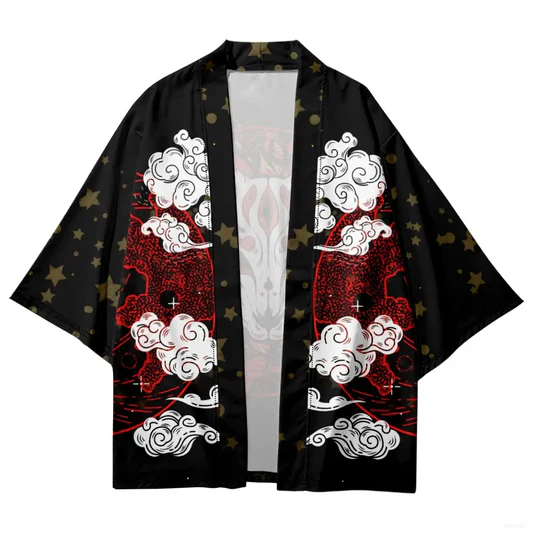
The haor’s popularity waned in the late 19th and early 20th centuries as Western clothing became more commonplace in Japan. However, it experienced a resurgence in the mid-twentieth century as part of a broader interest in traditional Japanese garments. Today, the haori is favoured for its aesthetic appeal and flexibility, often worn as an elegant, current layering piece.
Benefits of Wearing a Haori
Cultural Significance
Wearing a haori adds a hint of beauty to any outfit and connects you to a wealthy cultural record. Each haori is a chunk of artwork, regularly offering designs that tell a story or signify cultural beliefs.
Luxurious Materials
Haoris are made from extremely good substances, such as silk, cotton, or linen, which contribute to their comfort and beauty. The expensive feel of these materials makes sporting a haori a truly unique experience.
Versatility
The haor’s free, open-front fashion allows it to be paired with conventional and modern outfits. Whether you are dressing up for a proper occasion or adding an elegant layer to a casual look, the haori is notably flexible.
Artistic Designs
Haori often features complicated designs, patterns, and symbolic motifs that showcase Japanese artistry. These designs add a unique and incredible detail to the garment, making each haori a wearable piece of artwork.
Modern Appeal
Today, the haori is embraced in contemporary fashion as a fashionable layering piece. It bridges the gap between conventional and contemporary patterns, permitting fashion lovers to add a touch of Japanese beauty to their material cabinet.
How to Incorporate a Haori into Your Wardrobe
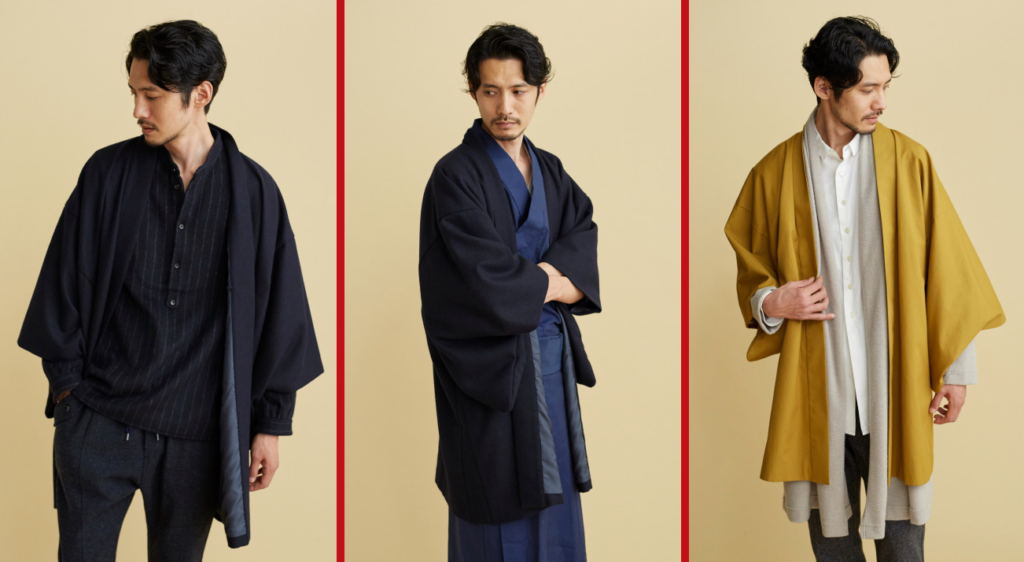
Step 1: Choose the Right Haori
When choosing a haori, consider the cloth, format, and colour that best suits your personal style. Opt for terrific fabric like silk, cotton, or linen for a high-priced experience.
Step 2: Pair with Traditional Outfits
Wear your hair over a kimono for a conventional appearance. This ensemble is appropriate for formal activities or cultural celebrations.
Step 3: Mix with Modern Pieces
To create a modern-day outfit, pair your haori with modern pieces, such as denim, an easy top, or a get-dressed. The haori affords a stylish layer that elevates any casual ensemble.
Stage 4: Embellish Nicely
Complete your appearance with a correlative frill. Customary Japanese frills like obi belts or geta shoes can upgrade the social taste, while cutting-edge embellishments like declaration gems or beautiful footwear can make a reasonable, varied appearance.
Step 5: Experiment with Styles
Feel free to check with distinct patterns and combinations. The versatility of the haori allows for endless opportunities, so have amusing exploring several looks.
Conclusion
The hair is more than the best garment; it represents the Japanese style’s long-lasting beauty and cultural richness. Its unique combination of lifestyle and modernity makes it a flexible and elegant choice for any wardrobe. Whether you are interested in its ancient significance, pricey substances, or innovative designs, the haori offers something for absolutely everyone.
FAQs
1. What occasions are best for carrying a haori?
A hair may be worn for several sports, formal events, cultural celebrations, or informal outings. It adds a unique touch to any outfit, making it appropriate for traditional and cutting-edge settings.
2. How ought I to care for my hair?
To maintain the best of your hair, it’s fine to examine the care instructions on the label. Generally, hand washing in cold water and drying it away from direct sunlight is normally encouraged for sensitive fabrics like silk.
3. Can every lady and man put on haori?
Yes, haori are unisex garments that can be worn by both men and women. The patterns and styles may also vary, but everybody can experience the splendour and flexibility of a haori.
4. Are haori appropriate for all seasons?
While haori are regularly made from lightweight substances suitable for spring and summer, they can also be layered for warmth in cooler months. Choosing a haori crafted from heavier fabric can beautify comfort at some point in colder seasons.
5. Where can I purchase a haori?
Haori can be placed at numerous stores, such as specialized Japanese apparel stores, online marketplaces, and boutiques focusing on conventional garments. When purchasing, make sure to look for first-rate materials and authentic designs.

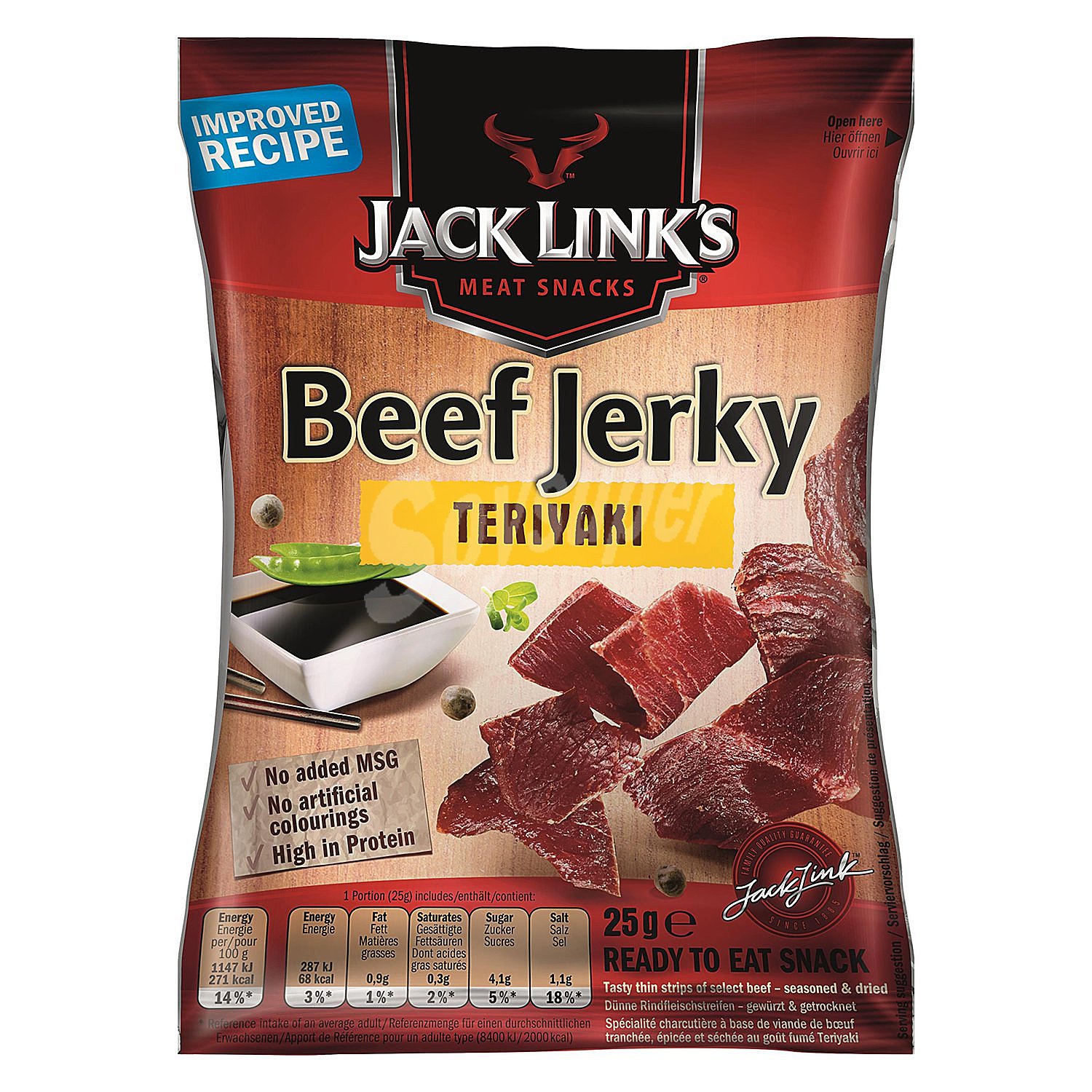
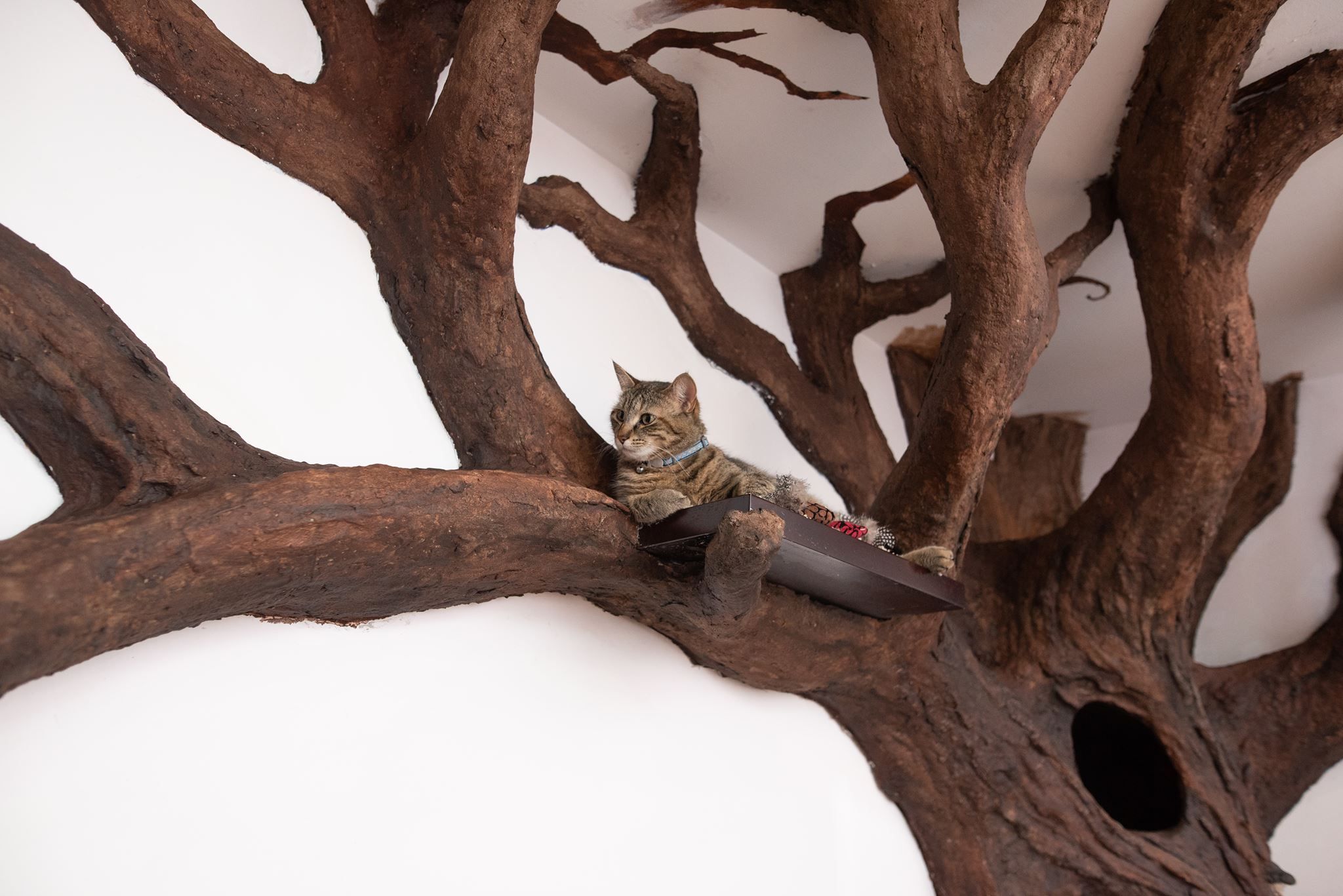




selamat datang di situs slot terbaik, https://vatphamphatgiao.com/wp-content/uploads/?mantap=slot777-gacor daftar
selamat datang di situs slot terbaik, toto slot daftar
selamat datang di situs slot terbaik, situs togel resmi daftar